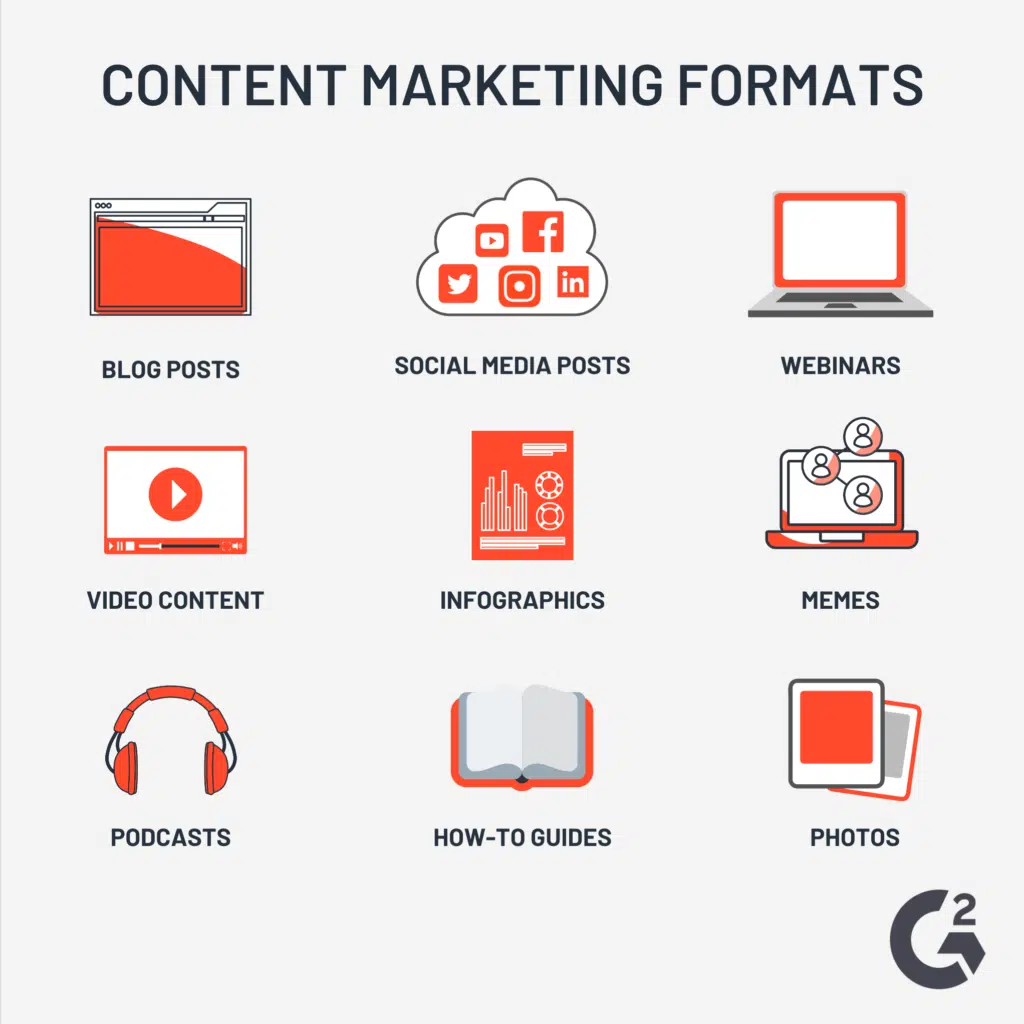In the digital marketing landscape, content marketing has emerged as a powerful tool for building connections and driving customer actions. By delivering valuable, relevant, and engaging information, businesses can captivate their audience, foster trust, and encourage conversions. But how exactly does content marketing achieve this? From storytelling to SEO optimization, the strategies behind successful content marketing campaigns are dynamic and results-oriented.
This article delves into how content marketing fuels engagement and boosts conversions, offering insights for businesses eager to maximize their online impact.
1. The Role of Storytelling in Content Marketing

Storytelling is a cornerstone of effective content marketing. People are naturally drawn to compelling narratives, and when a brand tells a story that resonates, it creates an emotional connection with its audience.
Why Storytelling Works:
- Emotional Appeal: Stories evoke emotions, making content more memorable.
- Relatable Experiences: Sharing real-life scenarios helps audiences see themselves in the narrative.
- Trust Building: Authentic stories humanize a brand, fostering trust and loyalty.
For example, a fitness brand sharing a customer’s journey from inactivity to achieving their health goals can inspire others to take similar actions. Stories like these not only engage but also subtly lead audiences toward conversion by aligning their aspirations with the brand’s offerings.
2. Optimized Content for Enhanced Visibility
Search engine optimization (SEO) plays a crucial role in ensuring that content reaches the right audience. By incorporating high-traffic keywords and structuring content effectively, businesses can improve their search engine rankings and drive organic traffic.
Key Components of SEO-Optimized Content:
- Keyword Research: Identifying and targeting phrases that align with user search intent.
- Meta Descriptions and Headlines: Crafting clickable titles and summaries that intrigue readers.
- Internal and External Links: Enhancing credibility and guiding readers to additional resources.

SEO-optimized content does more than attract visitors; it retains them by providing answers and solutions. Blogs, how-to guides, and industry insights often rank higher in search results, positioning brands as thought leaders and increasing the likelihood of conversions.
3. Personalization: Connecting with Your Audience
In a world saturated with generic messaging, personalized content stands out. Tailoring content to address specific audience segments shows that a brand understands its customers’ unique needs and preferences.

Benefits of Personalization:
- Higher Engagement Rates: Personalized messages are more likely to be read and acted upon.
- Improved Customer Retention: Content that aligns with individual preferences keeps audiences coming back.
- Enhanced Conversion Potential: Targeted content increases the relevance of calls-to-action (CTAs).
For instance, an e-commerce brand could use browsing history to send personalized emails featuring products similar to a customer’s previous purchases. This not only engages the user but also nudges them closer to making a decision.
4. Content Formats that Drive Conversions
Different types of content serve varying purposes within a marketing funnel. Selecting the right format for each stage of the customer journey is essential for maximizing conversions.
Effective Content Formats:
- Blog Posts: Informational articles that attract and educate potential customers.
- Videos: Engaging visuals that explain complex ideas or showcase products.
- Case Studies and Testimonials: Demonstrating tangible results to instill trust.
- Interactive Content: Tools like quizzes or calculators that involve user participation.

Diversifying content formats ensures that you cater to different audience preferences, increasing the chances of converting casual browsers into loyal customers.
5. Measuring Success and Adjusting Strategies
Data analytics is integral to understanding how well content marketing efforts are driving engagement and conversions. Metrics such as page views, time spent on site, and click-through rates provide insights into what resonates with audiences.
Steps to Measure and Optimize:
- Track Performance: Use tools like Google Analytics to monitor content effectiveness.
- Gather Feedback: Collect input from your audience to refine future content.
- A/B Testing: Experiment with different formats, tones, and CTAs to identify what works best.
Adjusting strategies based on data not only enhances engagement but also maximizes ROI, ensuring that your content marketing continues to deliver results.
Conclusion
Content marketing is a versatile and impactful strategy for driving both engagement and conversions. Through storytelling, SEO optimization, personalization, and diverse content formats, businesses can create meaningful connections with their audience and inspire action. Measuring performance and refining tactics further ensures that marketing efforts remain effective and relevant.
Interested in exploring more strategies to grow your online presence? Dive into our other articles for actionable tips and insights. Don’t forget to share your thoughts in the comments below or reach out to learn how we can support your marketing journey. Stay connected for updates!
Leave a Reply